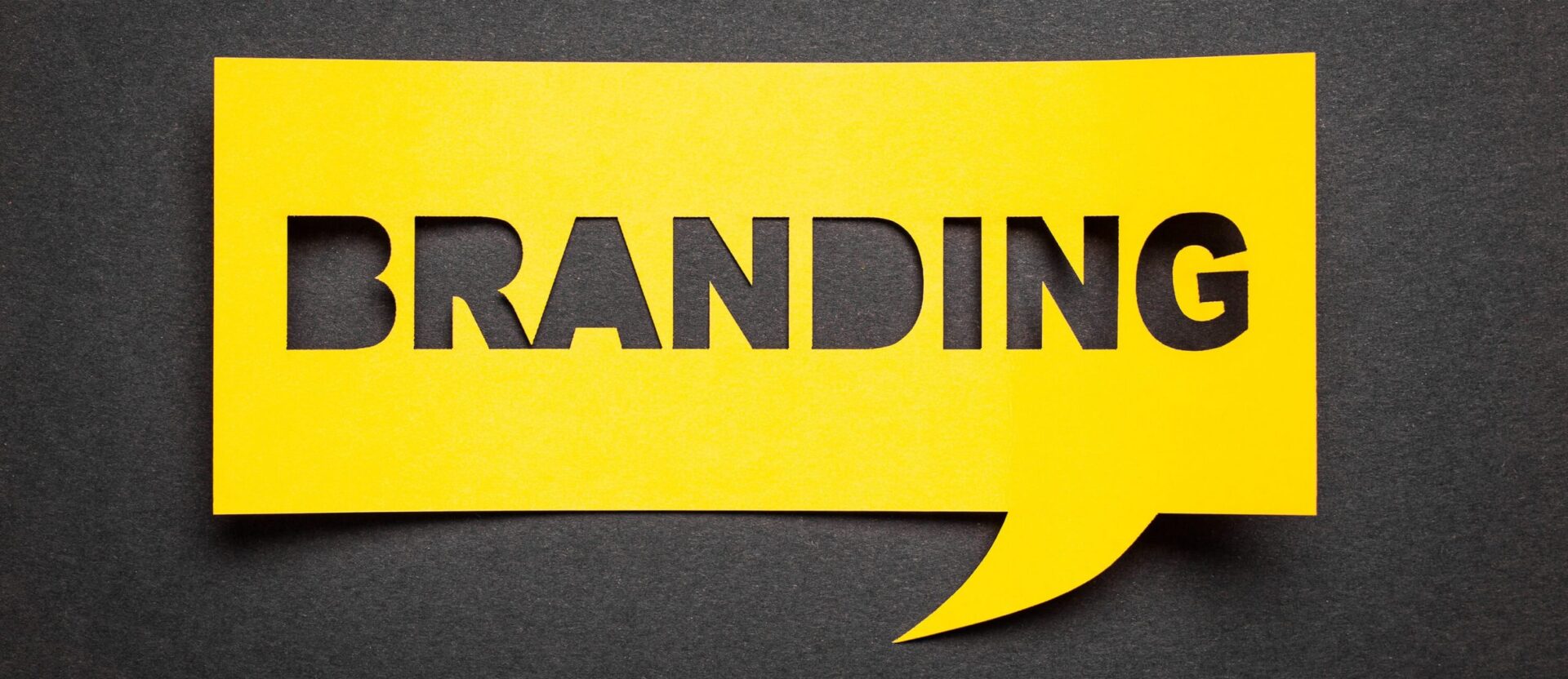
Branding your website effectively can make a lasting impact on users and turn visitors into loyal customers. Here’s a comprehensive guide with practical tips, common pitfalls, and best practices for creating a brand presence that speaks to your audience and stands out online.
1. Understand Your Brand Identity
Defining your brand’s identity is the first step in creating a website that resonates with your audience. Your brand identity includes your values, mission, and vision, which guide your approach to design, content, and overall messaging.
Tips for Success:
- Identify Core Values: Choose three to five values that align with what your brand stands for, like innovation, reliability, or transparency. These values should be communicated visually and verbally throughout your site.
- Create a Mission Statement: Write a short mission statement that captures what your brand is about and why it exists. This should be prominent on the site, often found in the “About Us” or homepage sections.
- Know Your Audience: Understand your target demographic’s preferences, behaviors, and interests. By doing so, you can tailor the site’s language, design, and functionality to match their expectations.
Common Mistake #1: Lack of Consistency
A disjointed brand message or visual theme can confuse visitors and make your brand seem unprofessional. When your brand message and visuals vary across different sections, users may struggle to form a strong impression of your brand.
2. Prioritize Consistent Visual Branding
Visual elements are essential for conveying brand identity. Think of colors, typography, logo placement, and layout style as tools that guide users and build familiarity.
Tips for Success:
- Choose a Color Scheme: Colors have psychological effects and play a role in how users perceive your brand. Tools like Adobe Color can help create a palette that aligns with your values. For instance, blue is often associated with trust, while green implies growth and stability.
- Use Legible, Brand-Focused Typography: Choose fonts that reflect your brand’s personality, balancing creativity with readability. Brands like Apple are known for their minimalist fonts, while Google uses playful, welcoming typography.
- Consistent Logo Placement: Position your logo in a predictable place, such as the top-left corner, to enhance brand recall. Ensure it’s visible on each page to reinforce your brand’s presence.
Common Mistake #2: Overuse of Stock Images
Stock images can feel generic, especially if widely used on other sites. Whenever possible, use custom or branded images to create a more authentic, memorable connection.
3. Craft a Unique Voice and Tone
Your brand’s tone should remain consistent across all content to convey a clear personality. For instance, a playful and informal tone may work well for a creative agency but wouldn’t suit a law firm.
Tips for Success:
- Define Your Tone Guide: Outline if your brand’s voice is friendly, professional, playful, or authoritative. Create guidelines for content writers and designers to follow, ensuring consistency in communication.
- Use Active, Clear Language: Keep sentences short and direct, and avoid jargon unless it’s common in your industry. Brands like Mailchimp are known for their clear, approachable copy.
- Reflect the Audience’s Language: Match the language style that resonates with your audience, and consider customer feedback to refine your brand’s voice over time.
Common Mistake #3: Ignoring SEO in Copywriting
Failing to integrate SEO with your brand’s tone can prevent users from finding your site. Conduct keyword research to discover terms your audience uses and naturally incorporate them into your content.
4. Emphasize User Experience (UX)
User Experience is essential in presenting a professional, functional, and branded website. A poor UX can drive users away, while a seamless, enjoyable experience keeps them coming back.
Tips for Success:
- Focus on Navigation Simplicity: Keep navigation menus straightforward. Use clear labels and a clean layout that allows users to quickly find the information they need.
- Ensure Mobile Responsiveness: Nearly half of users access websites on mobile devices, making it essential that your website functions smoothly across screen sizes. Google’s Mobile-Friendly Test tool can help ensure compatibility.
- Implement Fast Loading Times: Slow websites often lead to high bounce rates. Use tools like Google PageSpeed Insights to measure load times, and optimize by compressing images and minimizing code.
Common Mistake #4: Ignoring Accessibility Standards
A brand that prioritizes accessibility shows it cares for all users. Ensure that your site meets standards, such as providing alt text for images and maintaining proper contrast ratios for readability.
5. Use a Clear Call to Action (CTA)
A strong CTA guides users to take action, whether it’s signing up for a newsletter, booking a consultation, or purchasing a product.
Tips for Success:
- Create Clear, Compelling CTAs: Use action-oriented words like “Get Started” or “Contact Us” instead of vague terms like “Click Here.” Place them strategically on high-traffic pages.
- Highlight Value Propositions: When possible, explain why users should click the CTA. For example, “Get a Free Consultation” tells them what they gain from the interaction.
- Use Contrasting Colors: Ensure CTAs stand out from the rest of the page, often by using a contrasting color to catch attention.
Common Mistake #5: Hiding Contact Information
A common branding mistake is to bury contact details. Make your contact options accessible through the footer, a contact page, and even your homepage to build trust.
6. Invest in Content That Educates and Engages
Great content aligns with your brand while offering value to visitors. Blog posts, videos, and infographics can position your brand as an industry leader and encourage repeat visits.
Tips for Success:
- Create a Blog with Valuable Content: Share industry news, tutorials, and insights to showcase expertise. Brands like HubSpot use blogs to engage their audience while educating on relevant topics.
- Incorporate Video Content: Video is highly engaging and easily digestible. Adding introductory videos, client testimonials, or “how-to” guides can further build trust.
- Offer Social Proof: Include reviews, testimonials, or client logos to demonstrate your reputation and encourage users to trust your services.
Common Mistake #6: Overloading with Ads or Pop-Ups
Excessive ads or intrusive pop-ups can frustrate visitors. Use these sparingly to maintain a professional, user-friendly experience.
Trust Señor Techie for Professional Website Branding
Branding a website is about creating a cohesive, memorable experience that aligns with your audience’s expectations. At Señor Techie, we specialize in helping businesses build distinctive websites that reflect their identity, engage visitors, and convert users into loyal clients. Whether it’s visual design, content, or user experience, our team is ready to make your brand stand out.
